Structural components of plastic mechanical kneader
 Jun 06,2022
Jun 06,2022

 JCT
JCT
The plastic mechanical kneader is produced by a pair of mutually cooperating and rotating Σ paddles to produce strong shearing action, so that the semi-dry state or rubber-like viscous plastic material can quickly react to the material to obtain uniform mixing and stirring. It is mainly composed of five parts: kneading part, machine base part, hydraulic system, transmission system and electric control system.
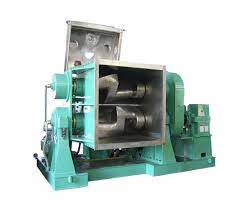 The hydraulic system is controlled by a hydraulic station to control the large cylinder to complete the opening and closing function. The hydraulic system is controlled by a hydraulic station to control the cylinder to complete functions such as turning the cylinder and opening the cover. The detailed parameters can be selected and required by the user. Convenient and reliable.
The hydraulic system is controlled by a hydraulic station to control the large cylinder to complete the opening and closing function. The hydraulic system is controlled by a hydraulic station to control the cylinder to complete functions such as turning the cylinder and opening the cover. The detailed parameters can be selected and required by the user. Convenient and reliable.
The transmission system consists of a motor, a reducer and a gear, and the motor is matched according to the model of the kneader.
The transmission part of the kneader is driven by the synchronous speed of the motor. After the elastic coupling reaches the reducer, the fast pulp is driven by the output device to make it reach the specified speed, and the speed can also be adjusted by the frequency converter.
The kneader has two Σ-shaped blades, and the speeds of the two blades are different. Different speeds can be set according to different processes. The most common speed is 42/28 rpm.
The kneader can be designed in the form of heating and non-heating according to the needs. The heat exchange methods usually include: electric heating, steam heating, circulating hot oil heating, circulating water cooling, etc.

The transmission system consists of a motor, a reducer and a gear, and the motor is matched according to the model of the kneader.
The transmission part of the kneader is driven by the synchronous speed of the motor. After the elastic coupling reaches the reducer, the fast pulp is driven by the output device to make it reach the specified speed, and the speed can also be adjusted by the frequency converter.
The kneader has two Σ-shaped blades, and the speeds of the two blades are different. Different speeds can be set according to different processes. The most common speed is 42/28 rpm.
The kneader can be designed in the form of heating and non-heating according to the needs. The heat exchange methods usually include: electric heating, steam heating, circulating hot oil heating, circulating water cooling, etc.
The discharging methods of the kneader include hydraulic dumping, ball valve discharging, screw extrusion, etc. The cylinder body and the contact part between the blade and the material are all made of SUS304 stainless steel to ensure product quality.



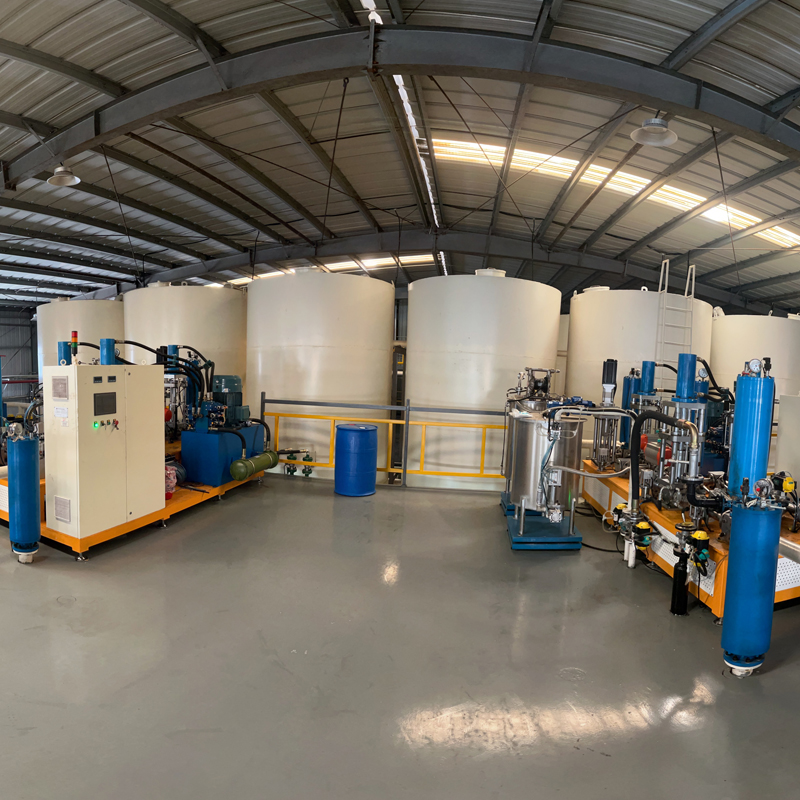
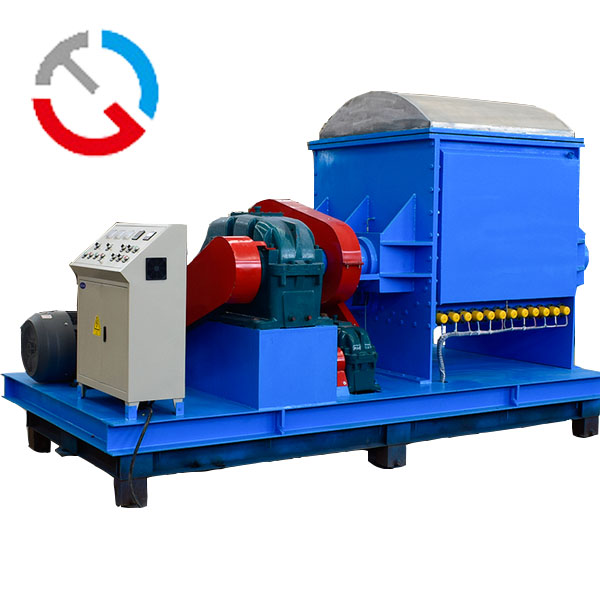
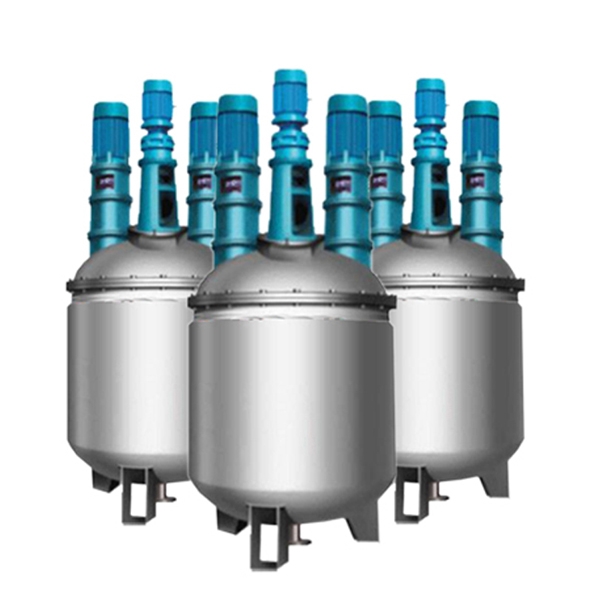
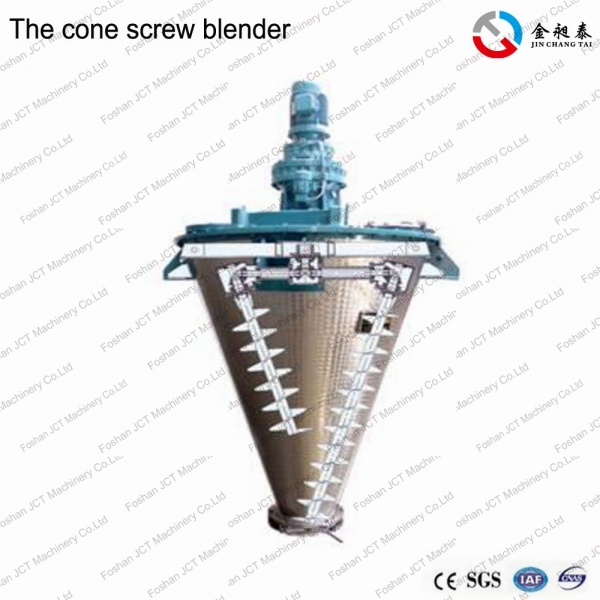


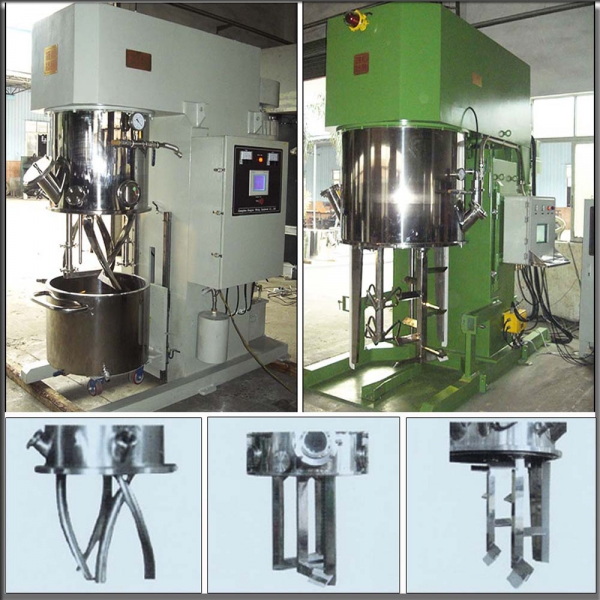





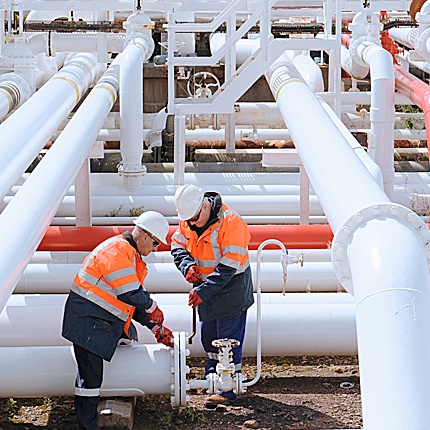

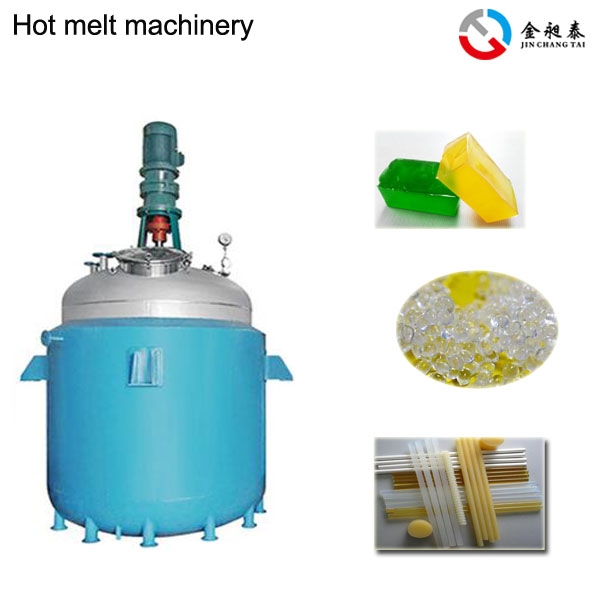
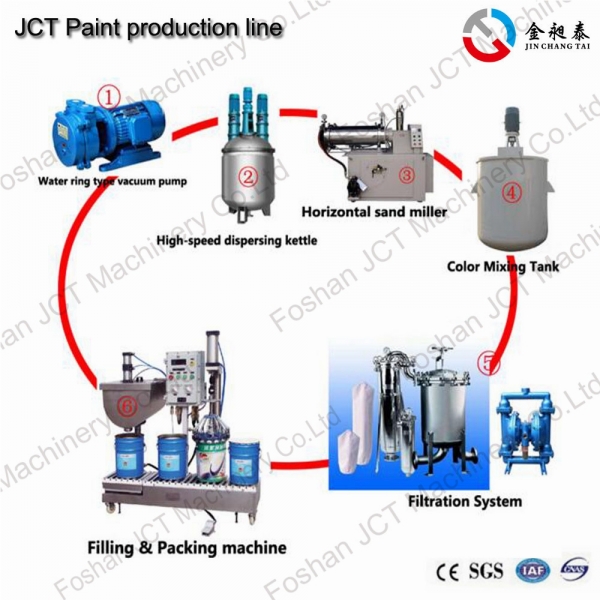
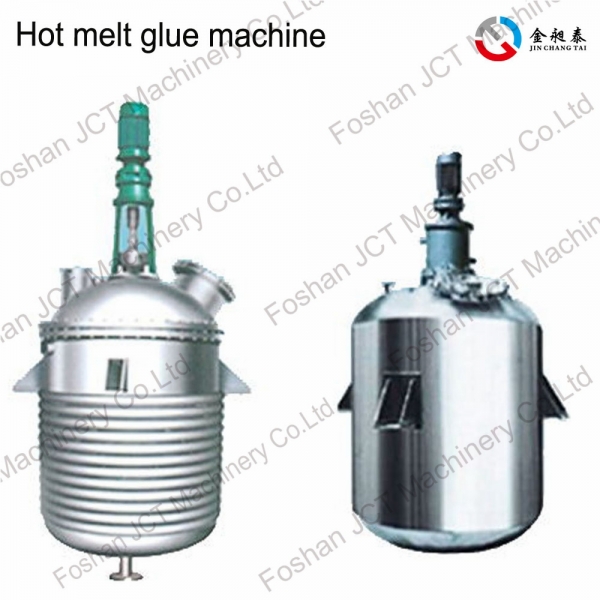
 CN
CN
 HOME
HOME Why do everyone choose self-controlled reactors?
Why do everyone choose self-controlled reactors?  You May Also Like
You May Also Like
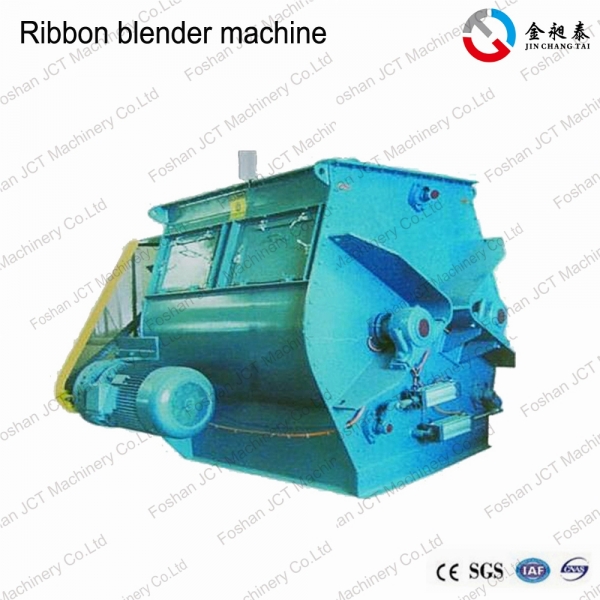

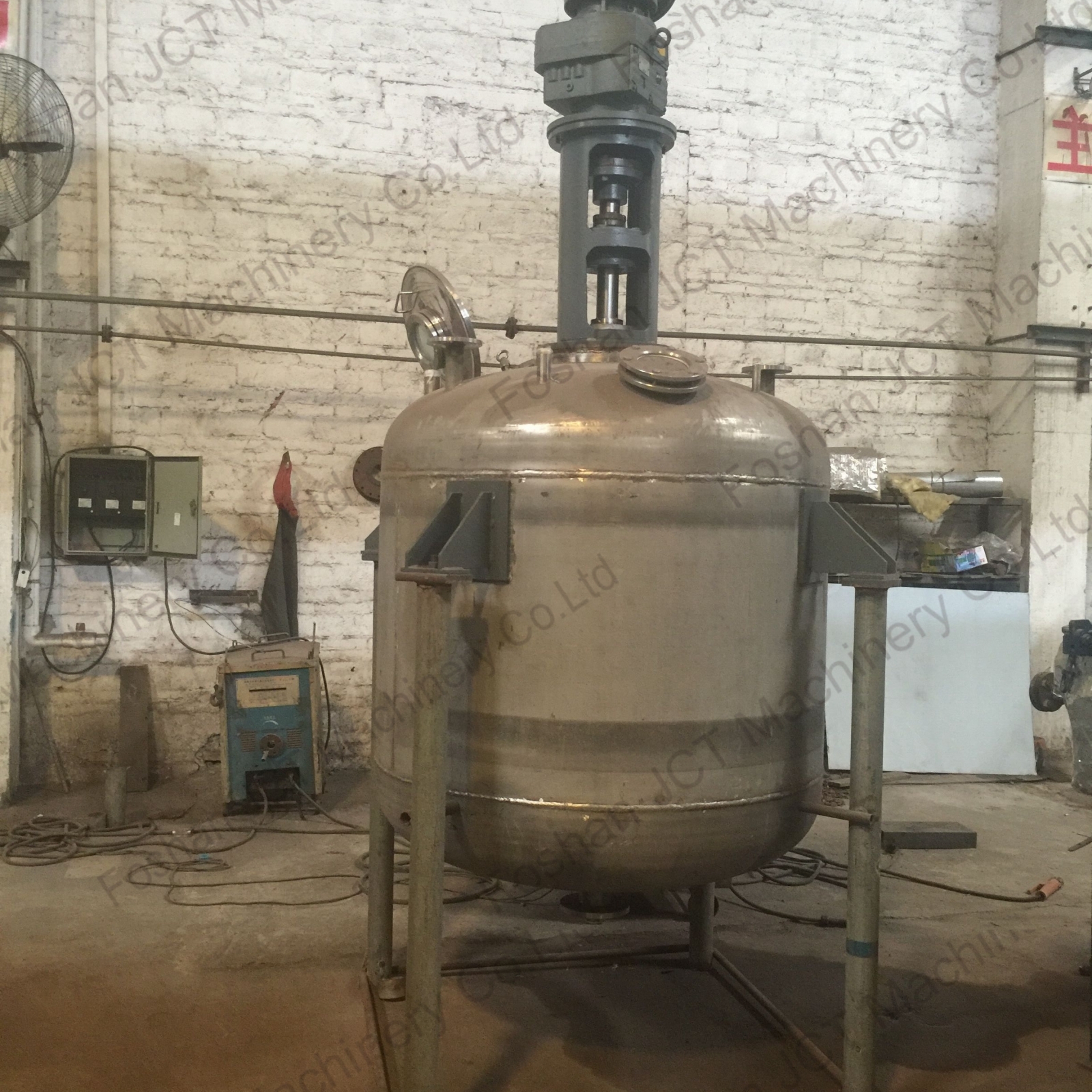
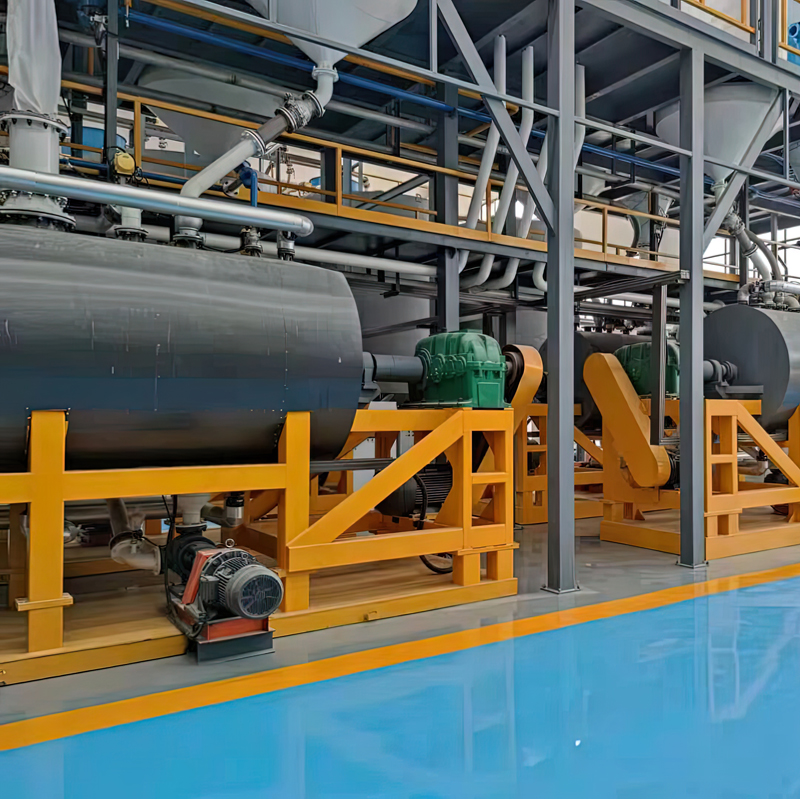
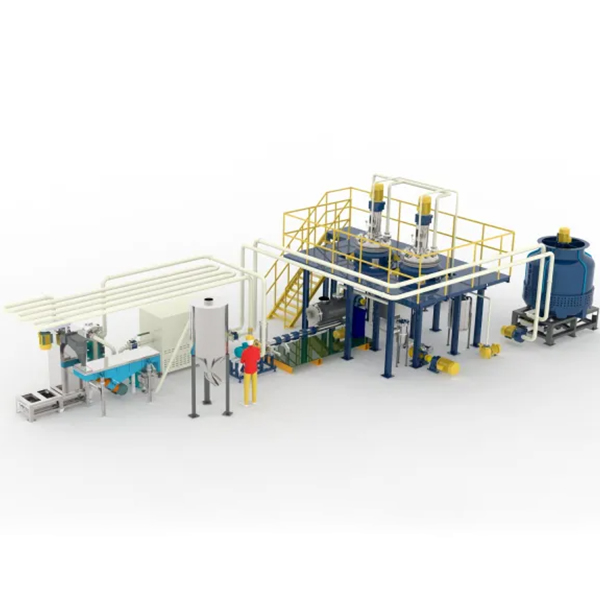

 Tel
Tel
 Email
Email
 Address
Address










